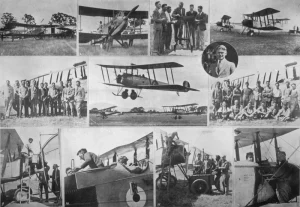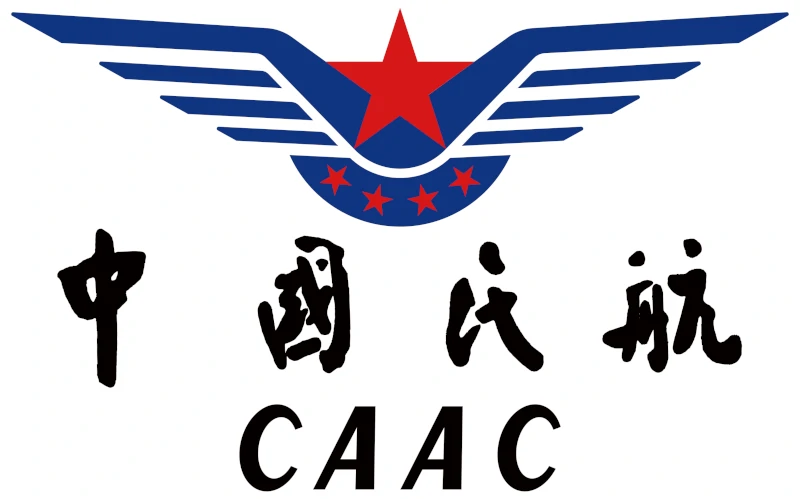EVTOLs, an acronym for Electric Vertical Take-Off and Landing, do not have a very long life. The history of eVTOLs begins just over a decade ago in the United States. EVTOLs first appeared in 2009, when NASA released a video of the EVTOL Puffin concept, conceived by aerospace engineer Mark Moore, who created a design for an electrically-powered vertical take-off and landing air vehicle as part of his undergraduate coursework. Today there are already many manufacturers.

Since then, development of EVTOLs has been rapid, with about 350 projects worldwide, about 200 of which have raised funds. EVTOLs are being developed for a variety of applications, including air cabs, on-demand passenger services, parcels and deliveries, and more. For example, Pipistrel, a partner of Uber Elevate, is working on the Pipistrel 801, a 5-seat air cab, and Volocopter has proposed its air cab service called VoloCity, based on the Volocopter 2X.
From history to challenges related to eVTOLs
The main challenge for the development of EVTOLs is cost and safety, but they offer the promise of quiet, efficient, environmentally friendly, zero-emission transportation. The development of EVTOLs is key to the growth of the urban air mobility industry, which aims to create a network of vertiports in cities around the world. The use of EVTOLs for transportation can reduce delivery times, lower operating costs and have a lower environmental impact. They can also be used for emergency medical services, police, fire, military and a wide range of other applications.
Sources used for this history of eVTOL blog post
- eVTOL – Wikipedia
- eVTOL Evolution: The Past, Present & Future of Air Mobility – Metropolitan Airport News
- Guide to Electric Vertical Take-off and Landing (eVTOL) Aircraft – Amprius Technologies
- The History of eVTOL | Jetson – Personal Electric Aerial Vehicle

